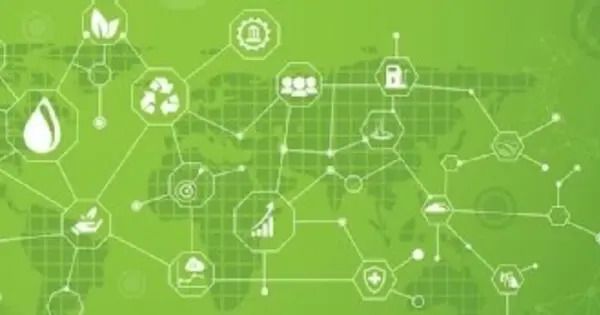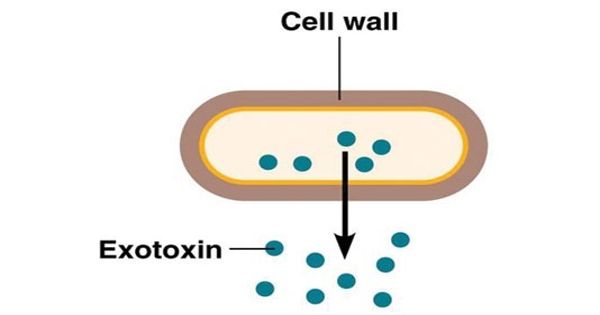A study done by University of Maryland (UMD) experts found that advanced information processing technologies provide millions with greener telecoms and stronger data security.
A new technology that can interpret information with a minimal amount of light could allow for more energy-efficient and secure communications. You Zhou, an assistant professor in UMD’s Department of Materials Science and Engineering (MSE), collaborated with researchers from the U.S. Department of Energy’s (DOE) Brookhaven National Laboratory to publish their findings in the journal Nature Photonics today.
Optical switches, which transfer information via telephone signals, use light as a transmission medium and electricity as a processing tool, necessitating an additional set of energy to interpret the data. Zhou developed a new alternative that uses only light to power a whole transmission, potentially increasing speed and energy efficiency for telecommunications and computer platforms.
We offered high-quality exfoliated flakes according to their specifications, and we collaborated extensively to improve the exfoliation conditions for their products. This cooperation has considerably improved their sample fabrication process.
You Zhou
Early tests of this technology have shown significant energy improvements. While conventional optical switches require between 10 to 100 femtojoules to enable a communication transmission, Zhou’s device consumes one hundred times less energy, which is only one tenth to one femtojoule. Building a prototype that enables information processing using small amounts of light, via a material’s property known as “non-linear response,” paved the way for new opportunities in his research group.
“Achieving strong non-linearity was unexpected, which opened a new direction that we were not previously exploring: quantum communications,” said Zhou.
To build the device, Zhou used the Quantum Material Press (QPress) at the Center for Functional Nanomaterials (CFN), a DOE Office of Science user facility at Brookhaven Lab that offers free access to world-class equipment for scientists conducting open research. The QPress is an automated tool for synthesizing quantum materials with layers as thin as a single atom.

“We’ve been working with Zhou’s organization for a few years. They were among the first to use our QPress modules, which include an exfoliator, cataloger, and stacker,” said co-author Suji Park, a staff scientist at CFN’s Electronic Nanomaterials Group. “Specifically, we offered high-quality exfoliated flakes according to their specifications, and we collaborated extensively to improve the exfoliation conditions for their products. This cooperation has considerably improved their sample fabrication process.”
Next, Zhou’s study team hopes to improve energy efficiency down to the tiniest amount of electromagnetic energy, a major obstacle in enabling so-called quantum communications, which offer a viable option for data security.
Building powerful hacker defenses has grown in scientific interest as cyberattacks have increased. Data carried through traditional communication channels can be read and duplicated without leaving a trace, resulting in thousands of breaches for 350 million users every year, according to a recent Statista analysis.
Quantum communications, on the other hand, provide a viable alternative since they encode information with light, which cannot be intercepted without changing its quantum state. Zhou’s strategy for improving material nonlinearity brings us closer to enabling those technologies.
















